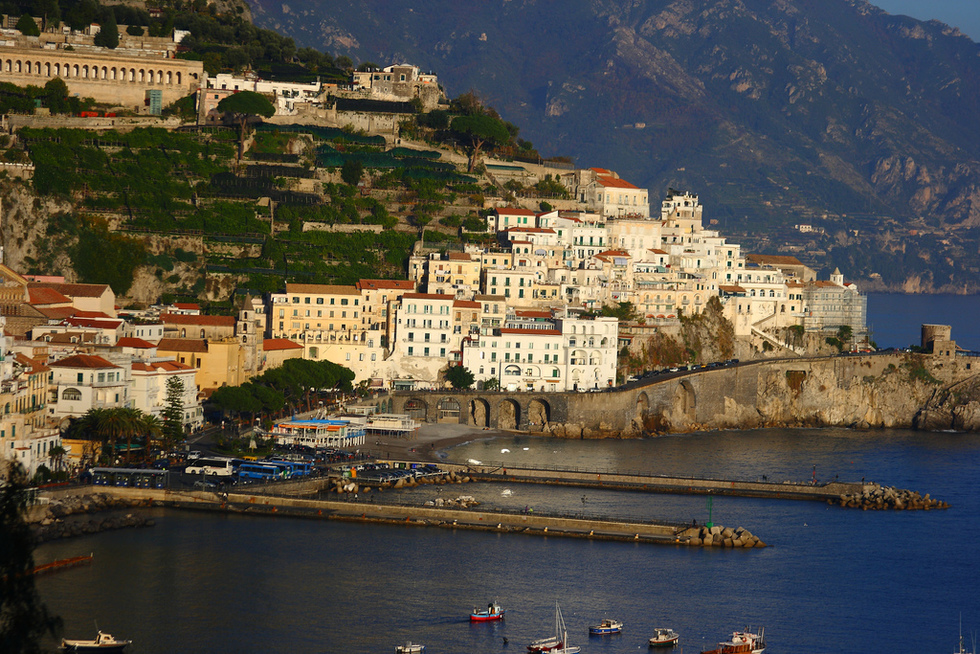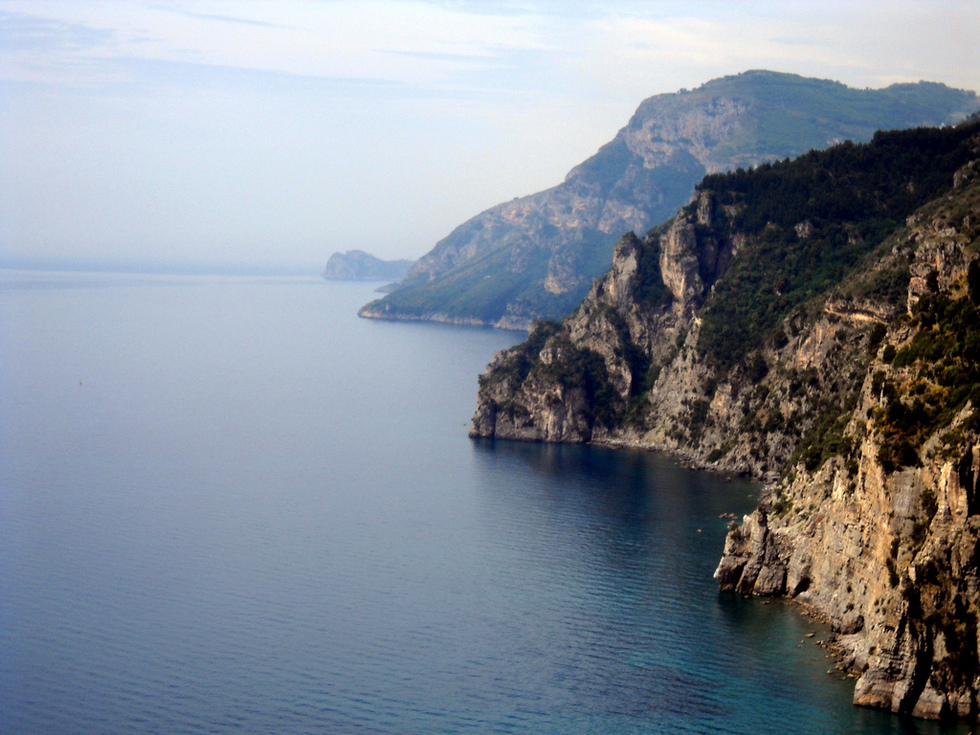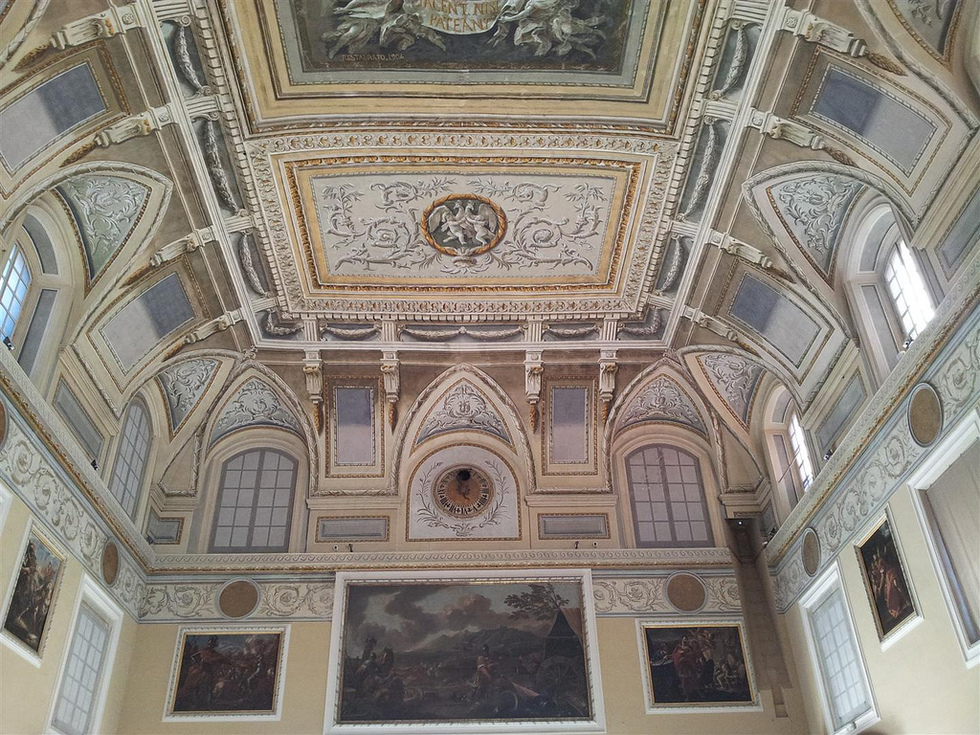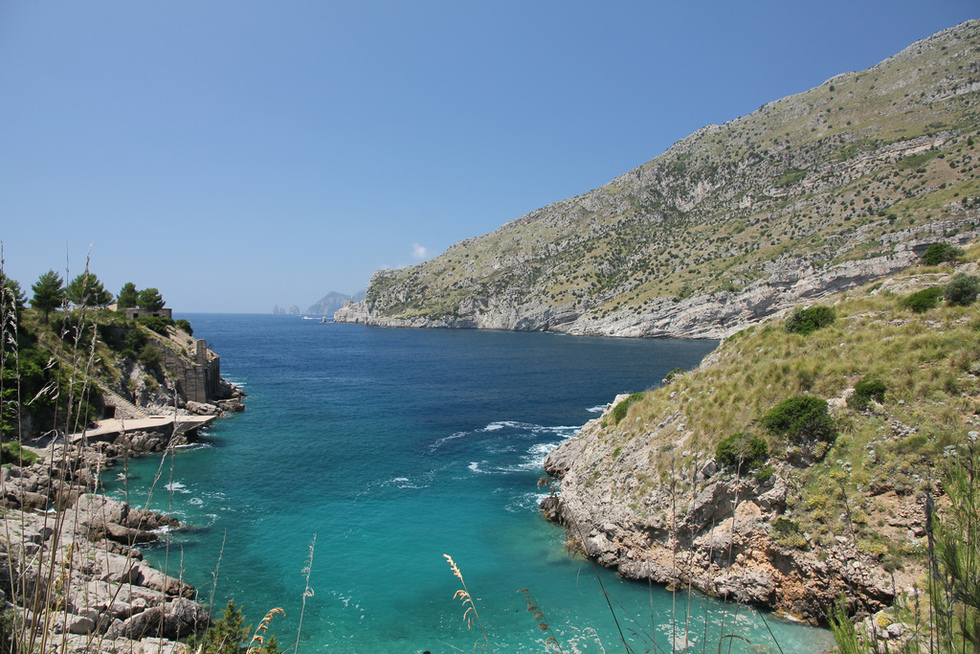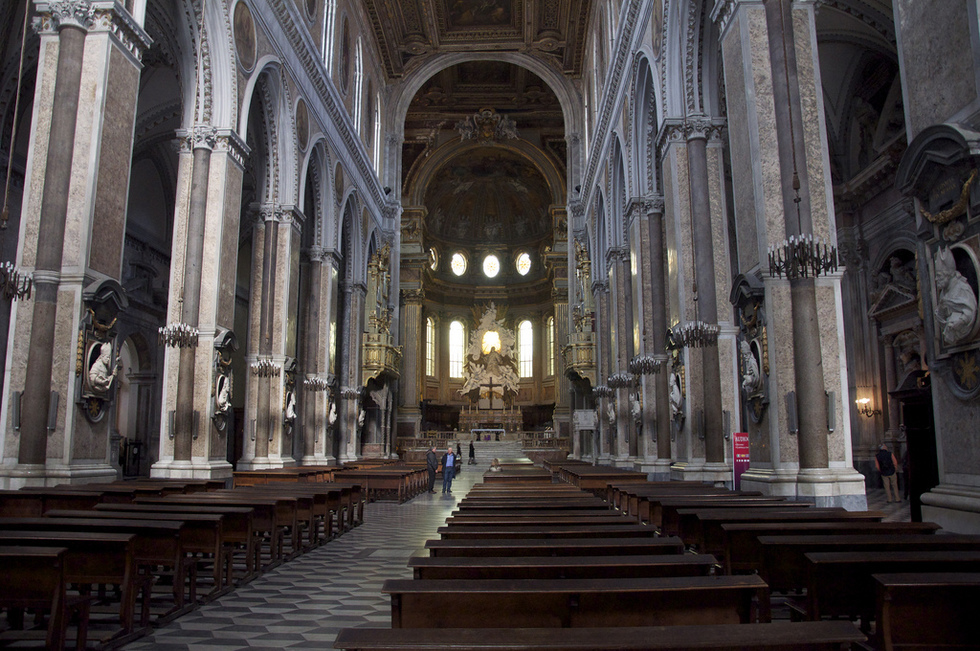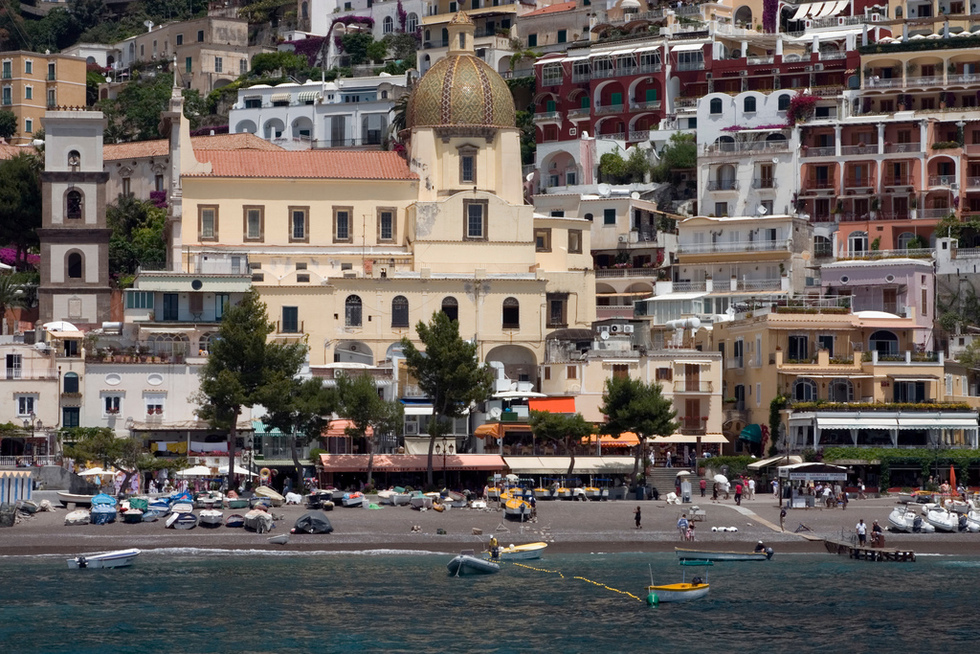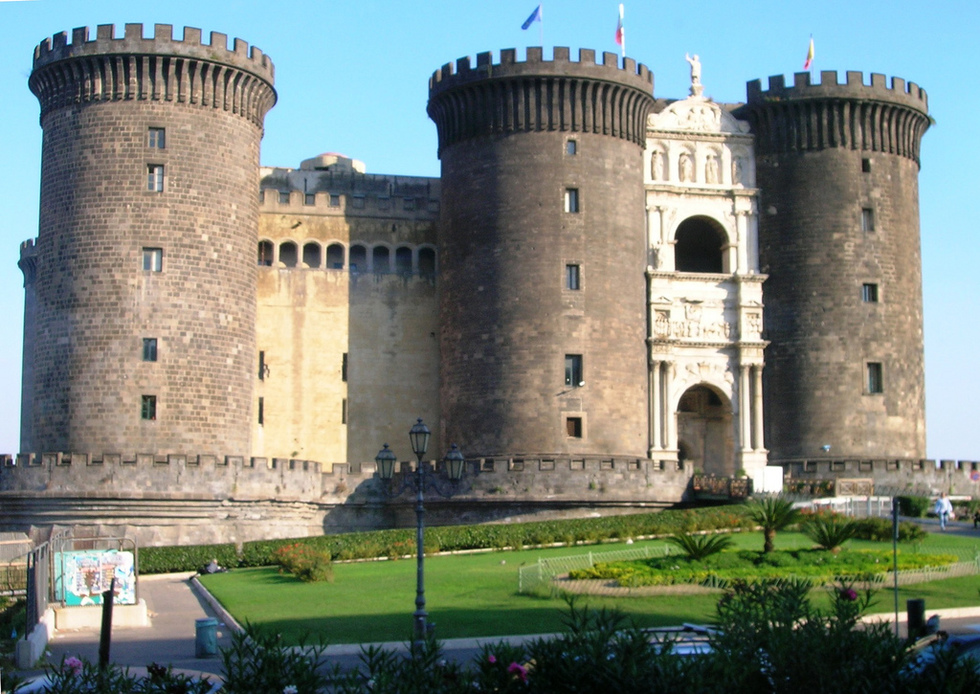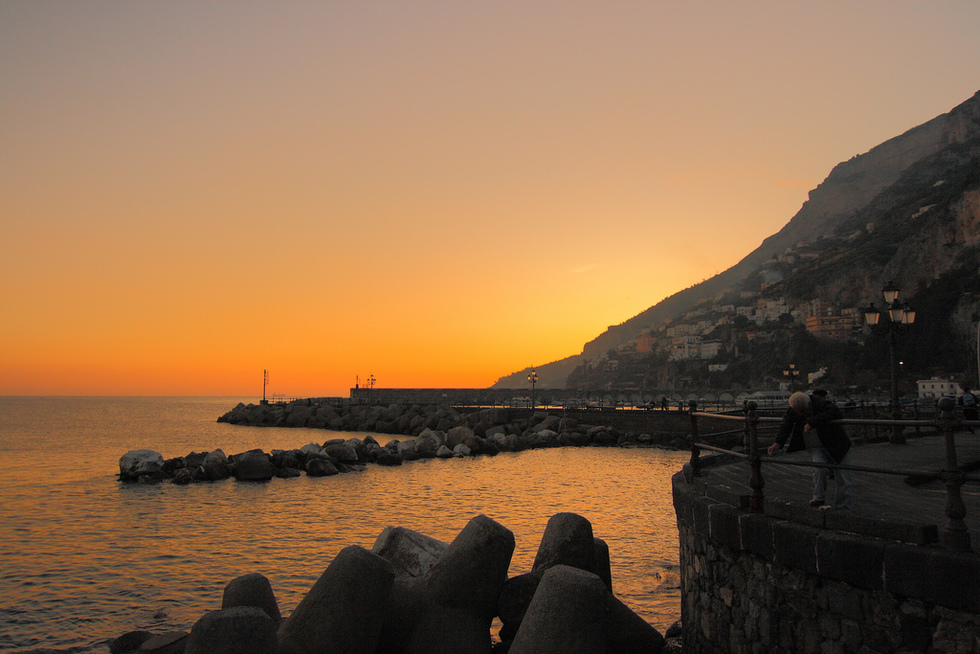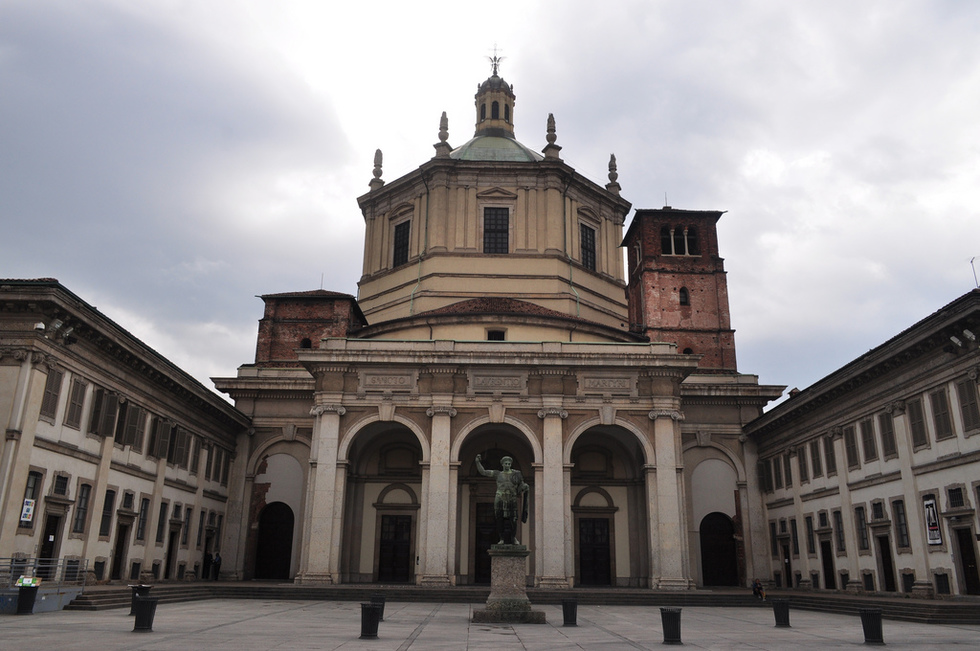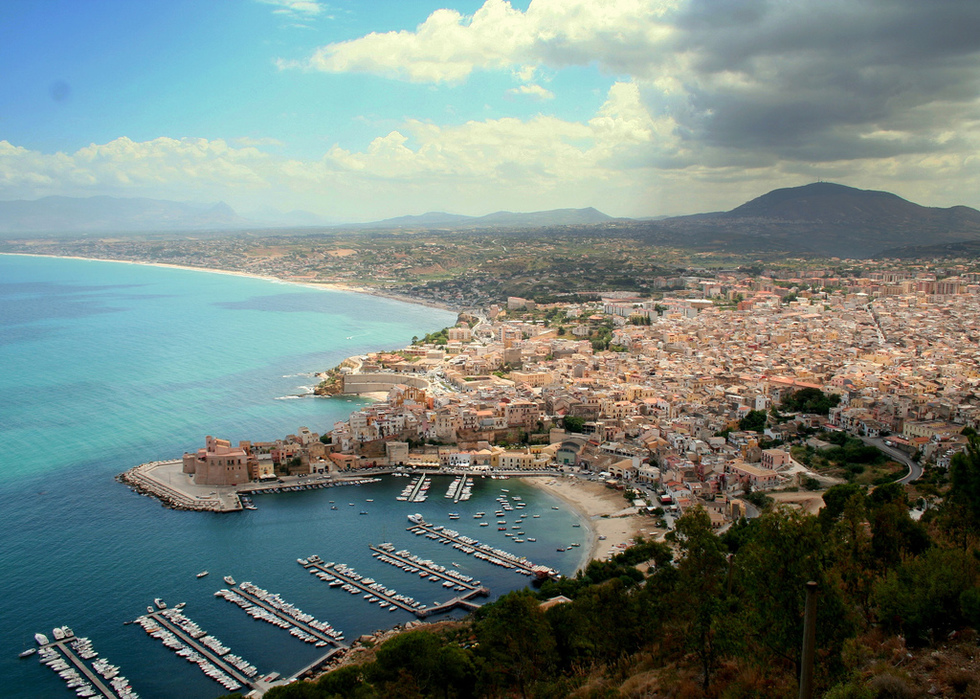You Haven't Seen the Amalfi Coast Until You've Seen These 10 Places
By
By Nicky Swallow, Photo Editing by Christiana Mecca
Legend has it the coastal region, Amalfi, was named for a famed beauty with eyes the color of the sea. Amalfi was a nymph, and Hercules was her happy boyfriend. But as with so many Greek legends, the story ended tragically. Amalfi died young, leading the grief-stricken strongman to search the world over to find a place as gorgeous as his beloved in which to bury her. Today this World Heritage Site--yes, the entire coastline was given that designation by UNESCO--- blends centuries of art and architecture on one of nature's most alluring landscapes. There is an overwhelming list of sites to see, but if you haven't seen these ten, then you haven't seen Amalfi.
Deserto
From the terraces of this Carmelite hermitage near Sant’Agata dei Golfi, you can enjoy a unique, 360-degree panorama encompassing both the Gulf of Naples (with Sorrento and the islands) and the Gulf of Salerno (with the Amalfi Coast). On a good day, you can see almost the entire region, from the Cilento—way off to the south of Paestum—to Capo Miseno, to the islands of Ischia and Procida, and to Capri.
Reggia di Caserta
The Versailles of Italy, this splendid royal palace wasbuilt by the famous architect Vanvitelli for the Bourbon kings in the 18th century. It holds fantastic works of art and the decorations—walls and floors included—are magnificent. The Reggia is also justly famed for its massive Italianate garden, one of the most beautiful in the world.
Museo Archeologico Nazionale
Even if you are only mildly interested in archaeology, you should not miss this unique museum, which holds the largest collection of ancient Roman artifacts in the world. Created in the 17th century, this is where the best finds from Pompeii, Herculaneum, and other local sites are on display. The huge quantity of frescoes, statuary, and precious objects has greatly benefited from a reorganization, which was finished in 2005
Bay of Ieranto
Part of the Marine Preserve of Punta Campanella, this unique fiord is hard to reach, but possesses a unique beauty. When the light is just right at day’s end, the clarity of the waters here creates the illusion of boats floating in midair.
Naples’s Duomo
The most splendid of Naples’s churches, and home to some superb artwork, the Duomo is three churches in one. The Cappella di San Gennaro is really a church in its own right, with a fantastic treasure on display in the attached museum. Santa Restituta, the original 6th-century church, contains a magnificent 4th-century baptistery decorated with Byzantine mosaics.
Positano
The most famous resort on the Amalfi Coast, Positano has several picturesque beaches—although they’re hardly deserted. Besides the central Spiaggia Grande by the marina, you’ll find Fornillo to the west of town, and La Porta, Ciumicello, Arienzo, and Laurito to the east.
Castel Nuovo (Maschio Angioino)
This 13th-century castle was the residence of Neapolitan kings until the 17th century. Although a fire in the 16th century destroyed its frescoes, including those by Giotto, there is still
enough in this majestic fortress to impress visitors.
Bagni di Tiberio
This is the best of the rare and tiny beaches of Capri. As the name suggests, it lies near the ruins of one of Emperor Tiberius’s notorious pleasure palaces and is accessible by a steep, rocky path or by boat.
San Lorenzo Maggiore
Originally built in the 6th century, this Neapolitan church is famous for its literary guests: from Boccaccio, who met his darling Fiammetta here, to Francesco Petrarca and others. It houses some splendid Renaissance sculpture and a multilayered archaeological site, where you can descend through layers of buildings all the way down to a paleochristian basilica and the 1st-century Roman market.
Castellammare di Stabia
This pleasant seaside resort is blessed with 28 natural thermal springs which you can enjoy at one of the two public spas: the historical one built by the Bourbon kings or the modern establishment on the slopes of Mount Faito. Both offer a wide range of services, from beauty and relaxation treatments to medical ones.





